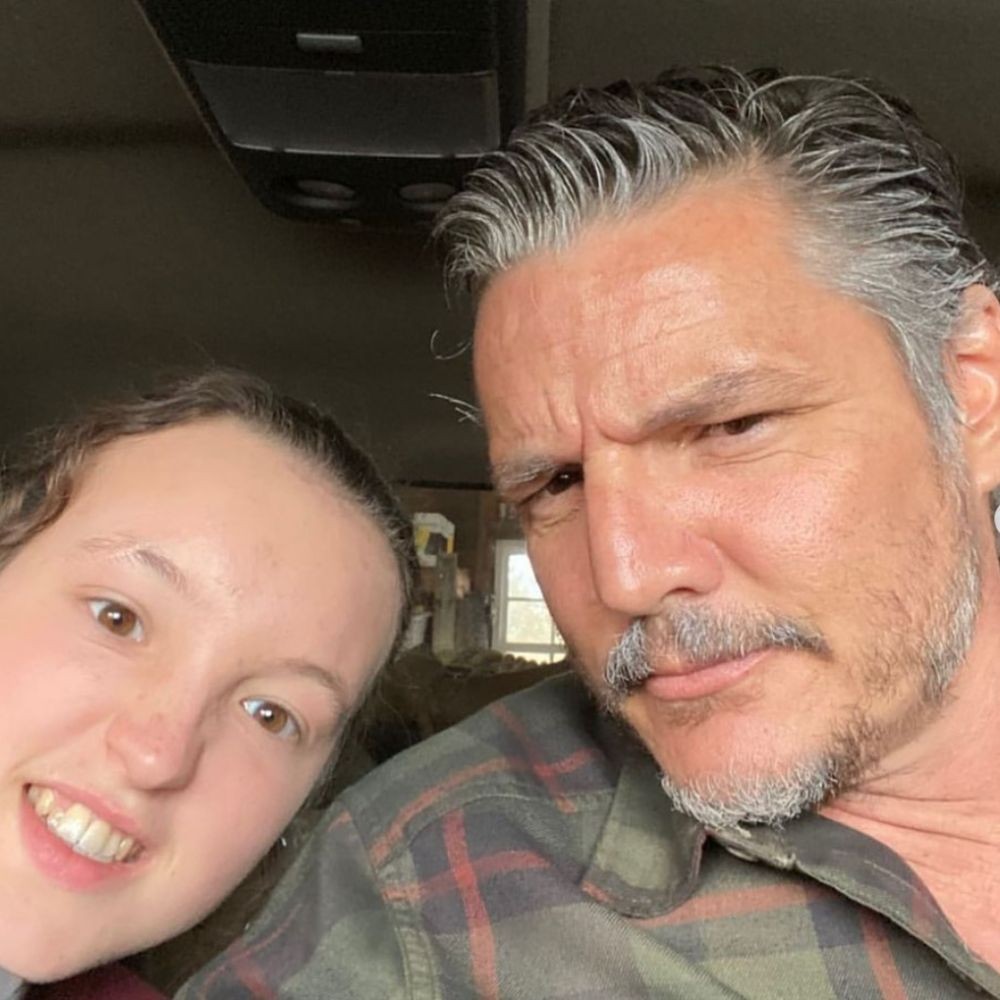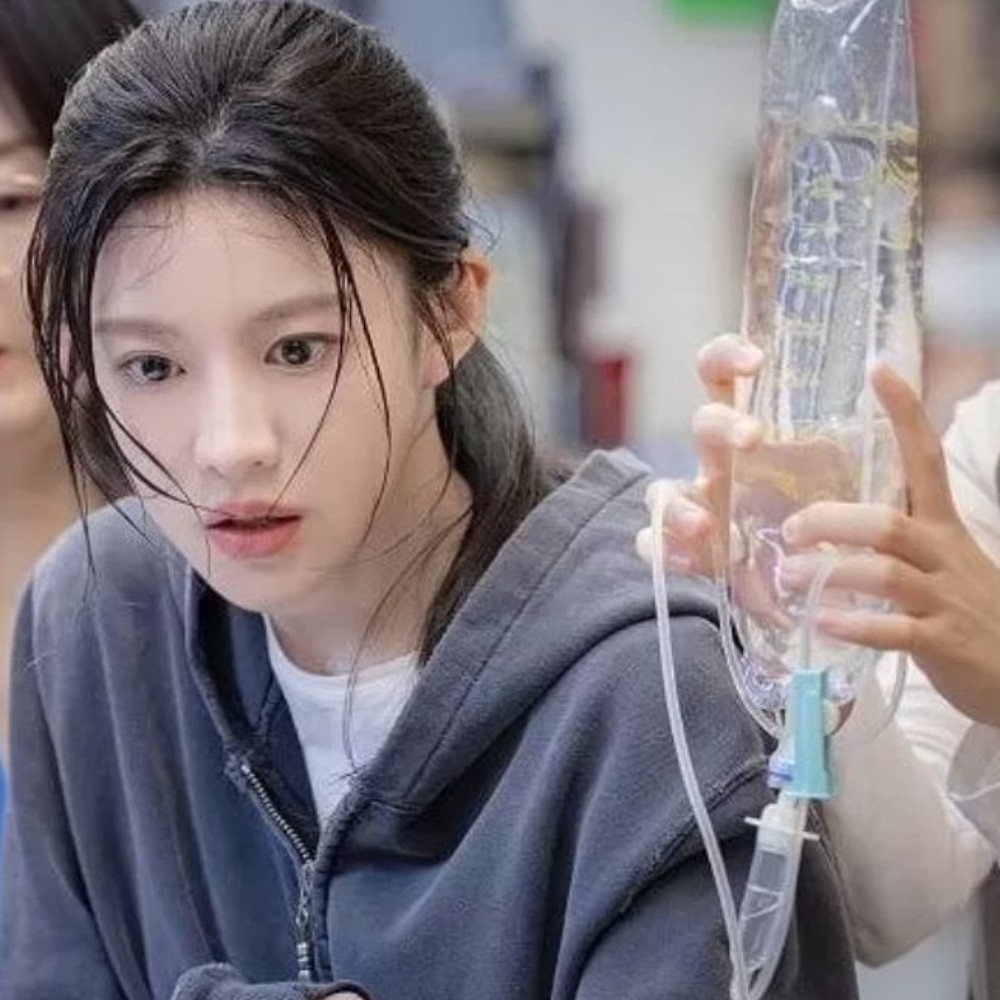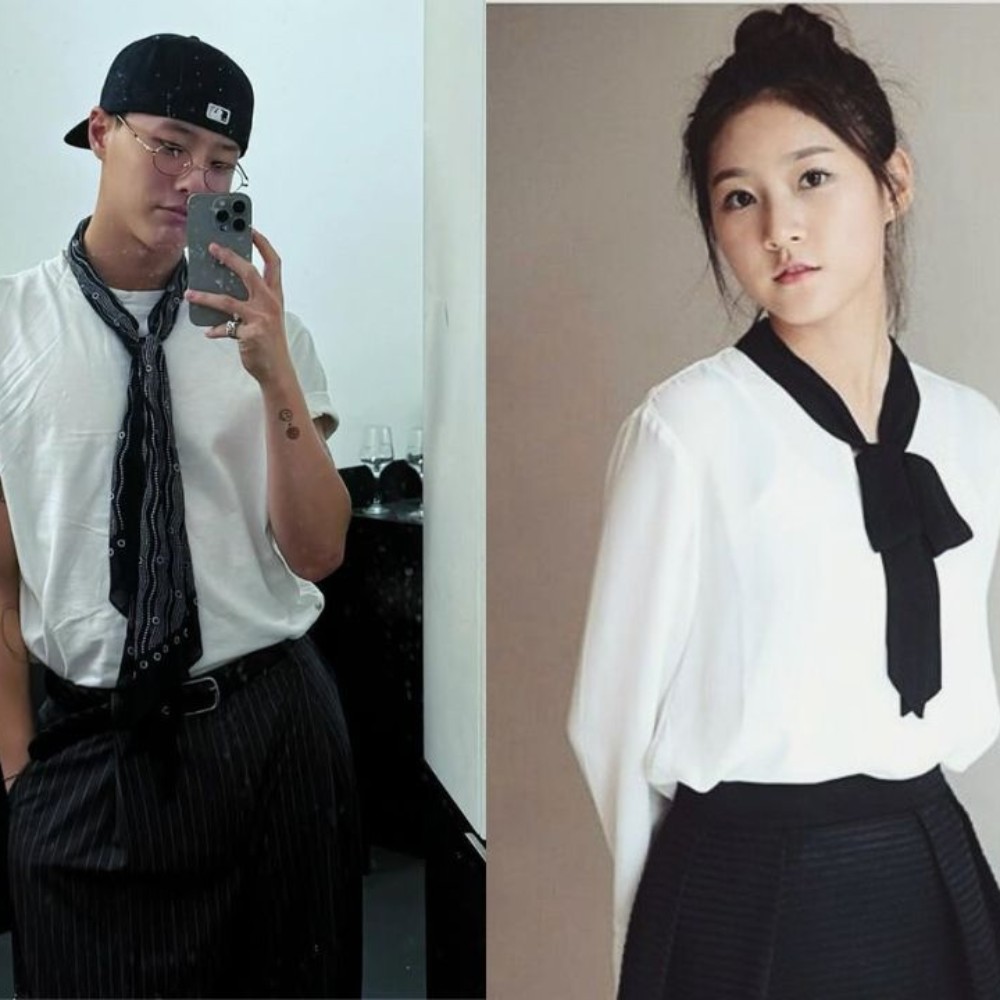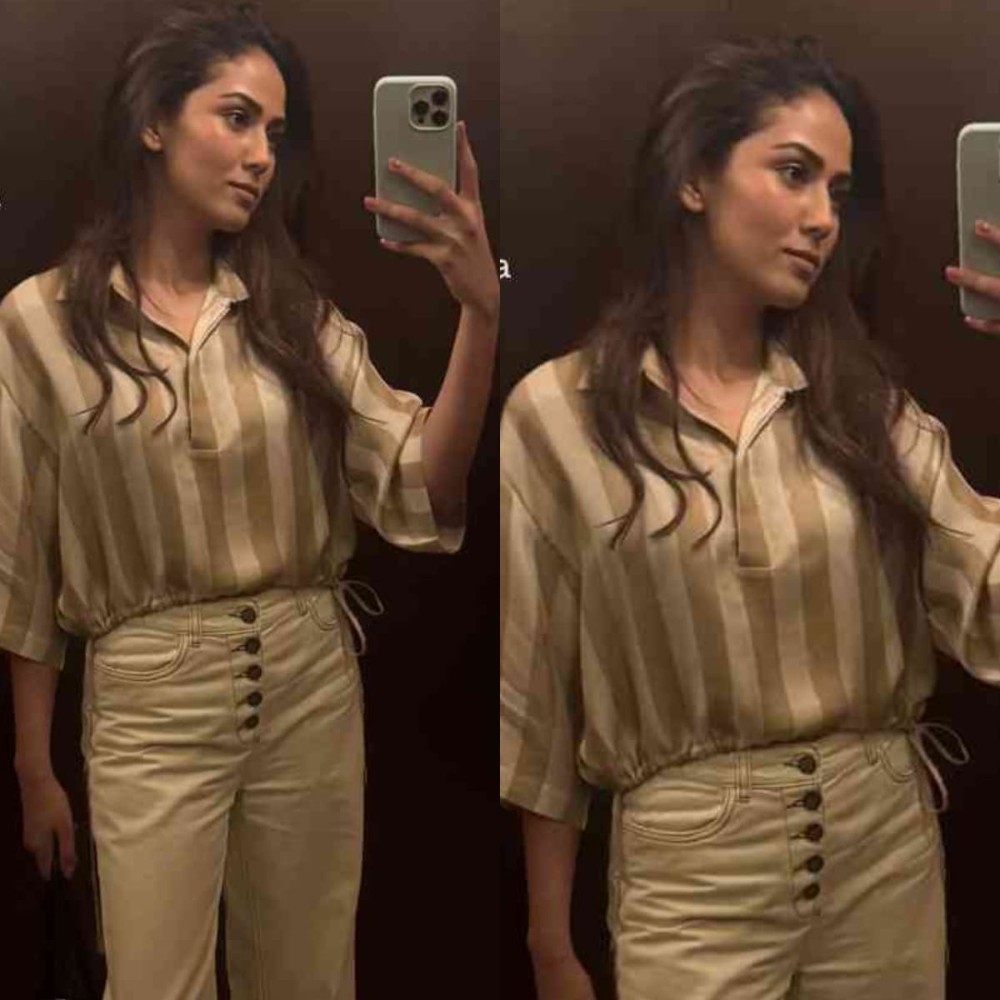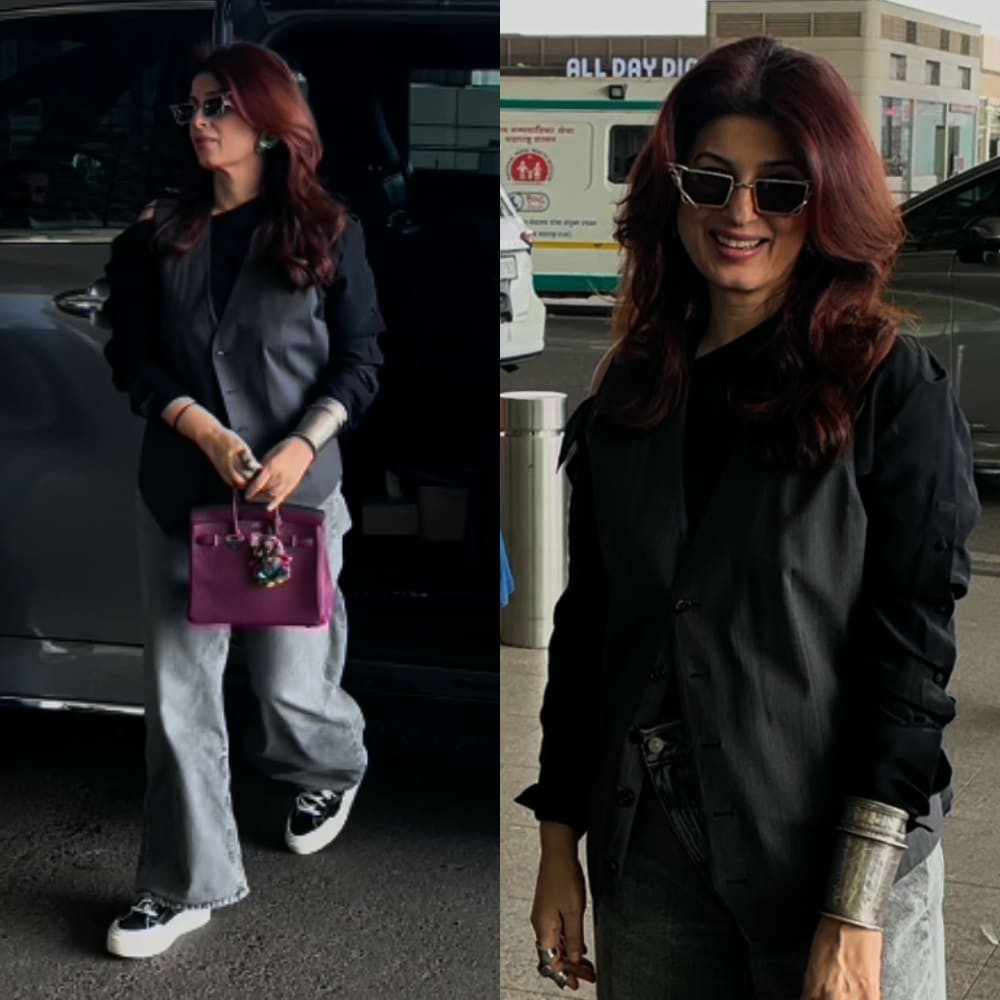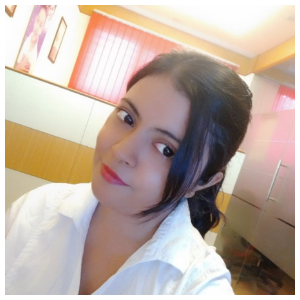What to Do After Popping a Pimple? Tips, Cons, And Prevention Steps
Couldn’t resist the urge to squeeze that zit? Follow these skincare tips when you’re confused about what to do after popping a pimple and how to prevent it.
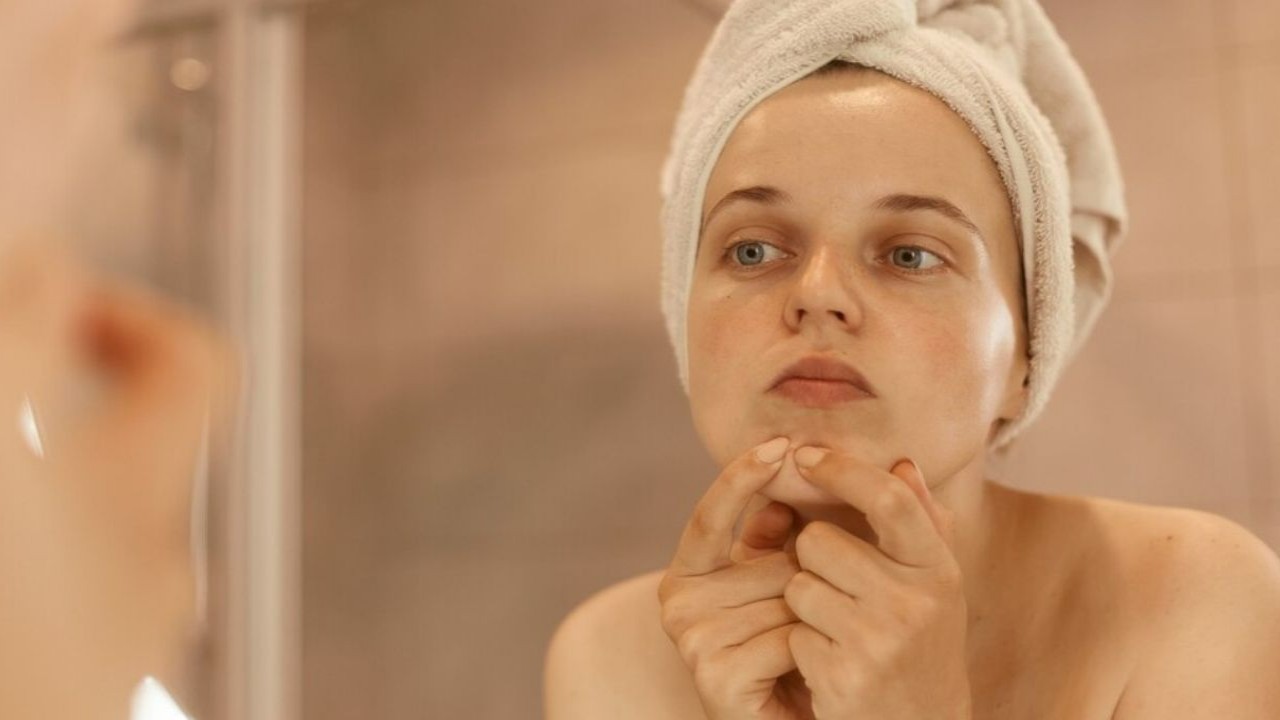
Most of us have committed certain skincare faux pas at some point in our lives. This includes forgetting to apply (and re-apply) sunscreen when it’s due, sleeping with makeup on, touching the face too often, and in the case of people with acne-prone skin, popping those pesky zits. People relating to the last category often find themselves anxious about what to do after popping a pimple. Yet, as time passes by and they learn to overlook the acne scar on their face, they move on to popping the next one!
This article covers everything about steps to take after you accidentally smush your blemishes, why it is advised not to do so, how to prevent doing so, and how can one treat acne effectively. Read away to get the solution to your problems.
What to Do When a Popped Pimple Starts to Bleed?
Once you’ve popped a pimple and it has started to ooze out pus and perhaps even some blood, the first thing on the agenda should be to stop the discharge. Wash your hands thoroughly with soap, followed by soaking up the secretion with a clean Q-tip or cotton pad.
After the infected pimple becomes dry, wash your face with a gentle facial cleanser under running water, ensuring your skin is left perfectly clean. Pat your face dry with a soft and clean towel, and resist the urge to touch the affected area.
Soothe the skin area with an ice cube. You can also follow this up by applying some hydrocortisone to the wound. Hydrocortisone is an FDA-approved topical corticosteroid used to soothe skin inflammation and accelerate wound healing (1), (2). If you’re applying this ointment, ensure you allow it a few minutes to work before moving on to the next step.
Dress the popped pimple with a hydrocolloid pimple patch to protect it from coming in contact with germs. Many hydrocolloid patches these days are infused with salicylic acid, benzoyl peroxide, niacinamide, and soothing ingredients such as Centella Asiatica, tea tree oil, and witch hazel to heal the zit and help the skin recover faster (3). While you can safely leave a hydrocolloid patch on for a few days, ensure that you at least wait for 6-8 hours before peeling it off for best results (4).
Cons of Popping a Pimple: Why Should You Avoid Doing So

Popping a pimple — especially if you do it out of impulse, with your fingers, and without the supervision of a dermatologist — can cause permanent lesions in your skin. As odd as it sounds, this greatly depends on the type of pimple you have and well how exactly you squeezed it.
Squeezing a small pustule with superficial supuration may not cause much harm. However, popping deep pimples such as cystic acne are likely to cause severe, long-term damage to the skin tissue, which may lead to permanent scarring (5). In other cases, this may lead to permanent hyperpigmentation, a surge of blackheads and whiteheads, painful lesions, inflammation, and even skin infections.
Is There a Way to Safely Pop a Pimple?

Most skincare advice out there warns people against popping zits. However, many of us may point out that dermatologists, too, squeeze the gunk out of the pimples during in-office procedures. So, is popping pimples really so bad?
Well, there’s a difference when a dermatologist does it in contrast to us picking on our zits using our bare fingers. Dermatologists use a tool called a “comedone extractor,” through which they carefully discharge the collected debris in the zit and then treat the skin area with an antibacterial solution. While the tools they use are sterile and disinfected, they do this with great precision and care, ensuring that minimal skin tissues are damaged in the process.
Contrary to that, when we try to pop our own pimples, it is often an act of impulse, and there’s often little precision or hygiene involved, resulting in long-term skin problems. Dermatologists often know which pimples to pop and which ones to cure differently, which prevents any caution to the skin. Moreover, they may inject a corticosteroid into the pimple before draining it to enhance the healing process.
How to Prevent Popping Pimples?

To prevent popping pimples, it is important to understand the urge behind it. The reason why most of us can’t resist popping one is that a pimple is a skin problem that just won’t go away on its own — it needs to be treated. Hence, through the persisting itchiness and tingling sensation, patiently waiting for the pimple to go away seems utterly fruitless! We can’t help wanting to do something about it.
Hence, the best way to prevent popping pimples is to treat it! Use a reliable drugstore spot treatment product on the zit to treat it. Such products usually work slowly, so be patient and keep reapplying the gel/ointment at least twice a day. Leaving the product on would likely reduce your urge to squeeze the zit.
Another excellent way to prevent popping pimples is to, as mentioned above, dress them with hydrocolloid patches. The following are some permanent solutions to treat acne, especially after you’ve popped them.
How to Treat Pimples Instead of Popping Them?

While it is obviously a bad idea to pop a pimple, we’re all human, and sometimes a persisting zit can leave us no choice. After all, it can feel excruciating to just let it be and not do anything to fix the issue. However, instead of popping the zit, we recommend applying the following to the problem area instead:
1. Over-the-Counter Spot Treatments:
To soothe and reduce the impact of stubborn zits, using OTC spot treatments is the first step one should take. Ensure that the product you’re using comprises active ingredients such as salicylic acid, benzoyl peroxide, or azelaic acid, as these have notable anti-acne properties (6), (7), (8). If gentle exfoliation doesn’t show results, you can use benzoyl peroxide products to dry out the oozing zit.
If you’re certain that your pimple has formed as a result of excess sebum or clogged pores then you can also topically use sulfur as a spot treatment. Sulfur is an antibacterial ingredient that helps treat pimples by drying out the pus. It is considered an effective acne treatment for those with sensitive skin (9).
2.Topical Retinoids:
OTC treatments work well for people whose skin type is less acne-prone than others. However, if your skin type is on the oilier side, is more prone to breakouts, and is not too sensitive to prescription strength treatments then topical retinoids can work wonders for your skin. Some effective FDA-approved retinoids for treating acne include adapalene, tretinoin, tazarotene, etc. (10).
These ointments, however, are prescription-based and can only be used when recommended by a dermatologist. Besides, these topical treatments are quite strong, cause a slight tingling sensation in the skin, and may not be tolerated very well by people with sensitive skin types. Adapalene is proven to be more well-tolerated by the skin than tretinoin. However, it is also slightly less effective than the latter (10). For acne treatment, dermatologists often recommend using the two in combination.
3. Topical Antibiotics:
Skin specialists often prescribe topical antibiotics in addition to or without retinoids. These include ointments comprising Clindamycin, Erythromycin Topical, or Dapsone, proven for their anti-acne properties (11), (12), (13).
Alongside topical treatments, a dermatologist may also prescribe oral antibiotics such as doxycycline and lactic acid bacillus.
4. Anti-inflammatory Treatments:
In addition to the ointments and spot treatment products you’re administering on your pimples, using skin soothers such as aloe vera, niacinamide, or Centella Asiatica gel can help reduce inflammation and restore overall skin health.
Moreover, when using acne products, it is also important to use a gentle moisturizer from time to time (if not every day) to quench the skin. Acne-prone skin should only be exposed to non-comedogenic moisturizers, so they don’t cause more blind pimples.
Read More: How to Use Hyaluronic Acid for Skin: Steps, Tips, And Precautions
How Long Does an Acne Scar Last After Popping?

Popping pimples result in a loss of skin tissue that leads to deep indentations in the skin known as acne scars. While popping shallow pustules leaves behind smaller scars, doing so to deep-entrenched cysts and nodules can cause deeper, longer-lasting scars. Hence, how long an acne scar lasts highly depends on its depth.
When Should One Consult a Dermatologist?
It is critical to see a dermatologist when over-the-counter acne-treatment products don’t show results in improving the pimple. If you popped and drained a pimple at home, you should definitely see a skin specialist to help treat the acne scars and hyperpigmentation left behind.
Most individuals with acne-prone skin have taken matters into their own hands at some point in life, followed by wondering what to do after popping a pimple. While the above-mentioned steps and skincare tips are vital to follow, what’s more important is that we quit the habit of picking our zits permanently, before it causes permanent damage to the skin. Moreover, it is crucial to fight pimples at their formation stage using topical treatments like adapalene, instead of addressing the issue superficially.
Sources:
1. Topical corticosteroids in dermatology
https://ijdvl.com/topical-corticosteroids-in-dermatology/
2. Topical Corticosteroids - StatPearls - NCBI Bookshelf
https://www.ncbi.nlm.nih.gov/books/NBK532940/
3. Screening of the Dichloromethane: Methanolic Extract of Centella asiatica for Antibacterial Activities against Salmonella typhi, Escherichia coli, Shigella sonnei, Bacillus subtilis, and Staphylococcus aureus
https://www.ncbi.nlm.nih.gov/pmc/articles/PMC7350070/
4. Wound care: fact and fiction about hydrocolloid dressings.
5. Acne: Learn More – Skin care for acne-prone skin - InformedHealth.org - NCBI Bookshelf
https://www.ncbi.nlm.nih.gov/books/NBK279208/
6. Treatment of acne vulgaris with salicylic acid pads
https://pubmed.ncbi.nlm.nih.gov/1535287/
7. Benzoyl Peroxide - StatPearls - NCBI Bookshelf
https://www.ncbi.nlm.nih.gov/books/NBK537220/
8. Azelaic acid. A review of its pharmacological properties and therapeutic efficacy in acne and hyperpigmentary skin disorders
https://pubmed.ncbi.nlm.nih.gov/1712709/
9. An update on the management of acne vulgaris - PMC
https://www.ncbi.nlm.nih.gov/pmc/articles/PMC3047935/
10. Adapalene - StatPearls - NCBI Bookshelf
https://www.ncbi.nlm.nih.gov/books/NBK482509/#:~:text=Adapalene%20is%20a%20topical%20retinoid,RAR
11. Clindamycin - StatPearls - NCBI Bookshelf
https://www.ncbi.nlm.nih.gov/books/NBK519574/
12. Erythromycin - StatPearls - NCBI Bookshelf
https://www.ncbi.nlm.nih.gov/books/NBK532249/
13. Efficacy and safety of dapsone gel for acne: a systematic review and meta-analysis





 JOIN OUR WHATSAPP CHANNEL
JOIN OUR WHATSAPP CHANNEL



